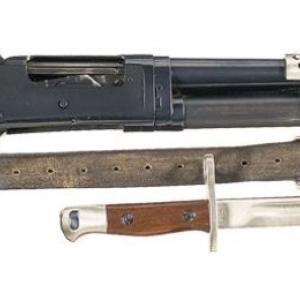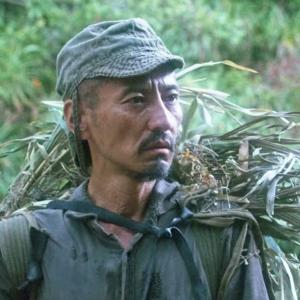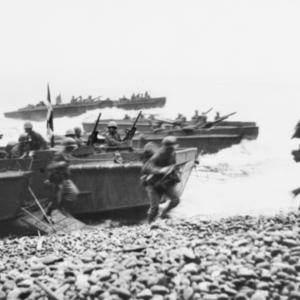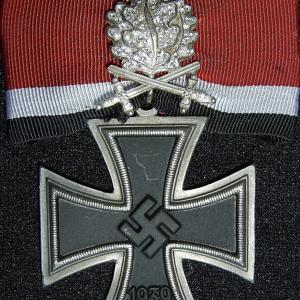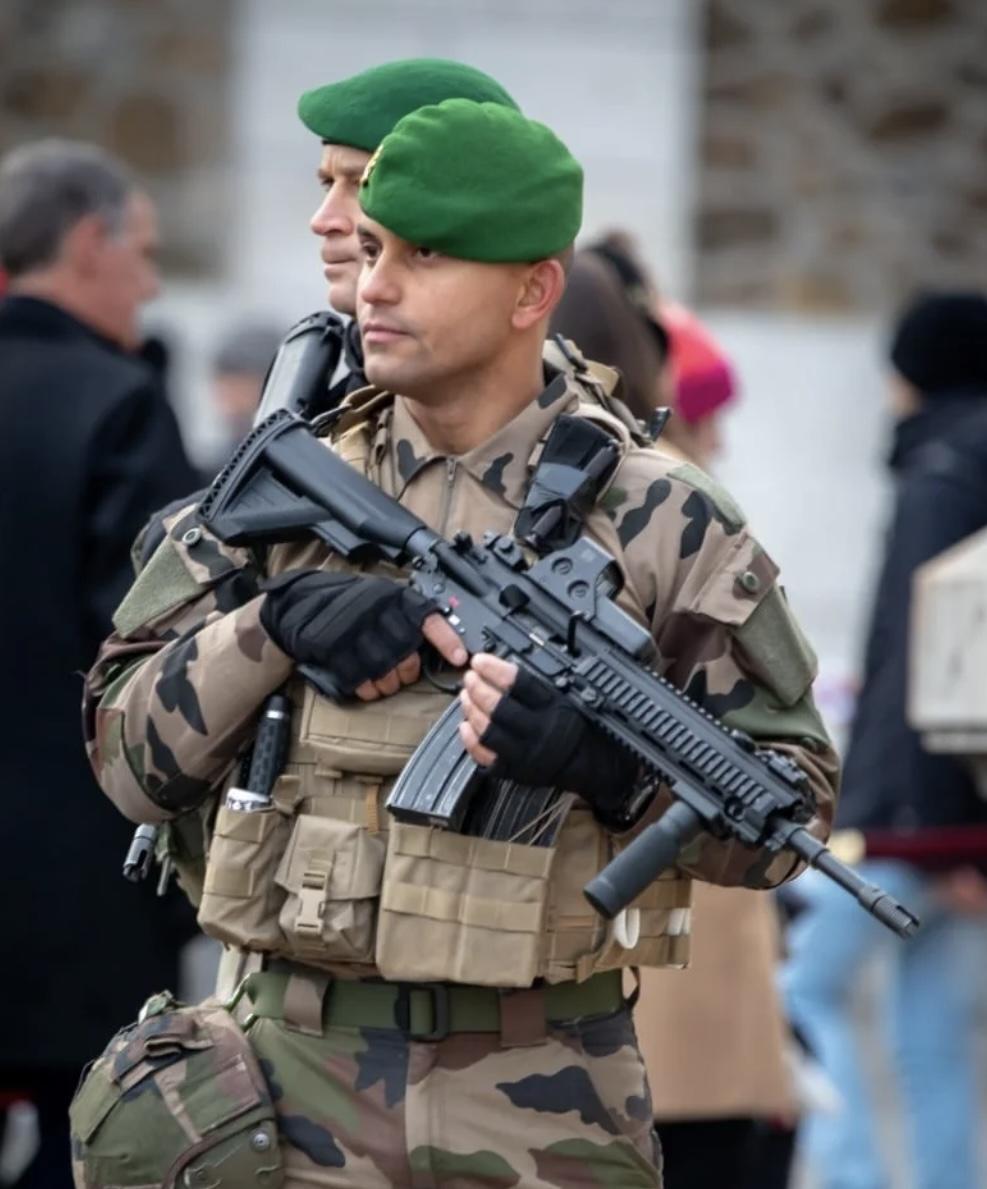
French Foreign Legion
The French Foreign Legion is one of the most legendary and unique military forces in the world. Established on March 10, 1831, by King Louis Philippe I of France, the Legion was created during a time of political upheaval and colonial expansion. France had recently begun its conquest of Algeria and needed a reliable military force to maintain control over the new territory. At the same time, there were many foreign nationals, refugees, and political exiles in France, some of whom were former soldiers. The idea of forming a regiment composed entirely of foreign volunteers served both needs—it strengthened France’s military capacity while giving foreigners a path to redemption through military service.
From the beginning, the Foreign Legion was designed to serve outside France, primarily in colonial territories. It soon became a central tool of France's colonial ambitions in North Africa. Early campaigns in Algeria helped define the Legion’s identity: fierce, loyal, and capable of enduring extreme hardship. Over the decades, the Legion earned a reputation for bravery in some of the most dangerous and remote conflicts of the 19th and 20th centuries.
During the Crimean War, Franco-Prussian War, and particularly the Mexican campaign of the 1860s, the Legion cemented its reputation for tenacity. One of its most famous moments came in 1863 at the Battle of Camarón in Mexico, where a small detachment of Legionnaires held off a vastly superior force for an entire day, fighting to the last man. This battle remains a foundational legend in Legion history and is commemorated annually.
The Legion also played significant roles in both World Wars. Despite being composed of foreigners, its members fought bravely for France on the Western Front and in campaigns across Africa, Europe, and the Middle East. After World War II, the Legion was deployed in the First Indochina War (1946–1954), participating in major battles such as Dien Bien Phu. In the Algerian War that followed, the Legion once again found itself in a complex and brutal conflict, conducting counter-insurgency operations until Algeria gained independence in 1962.
What makes the French Foreign Legion especially remarkable is its recruitment policy. It accepts volunteers from all nationalities and backgrounds. Applicants must be male, between the ages of 17 and 39.5, and physically fit. While the Legion once allowed men to enlist under false names, today it conducts thorough background checks in collaboration with Interpol. While a minor criminal record may not prevent someone from joining, serious offenses will. Despite rumors, the Legion is not a safe haven for fugitives.
To join, a volunteer must travel to France and present himself at one of the Legion's official recruitment centers, such as the one in Aubagne near Marseille. There is no application process by phone or online—candidates must be physically present. Once there, they undergo a multi-day selection process that includes medical examinations, physical fitness tests, psychological evaluations, and interviews. Those who pass are offered a five-year contract and given a new identity under French law, which can later be changed back to their real name upon request.
Once accepted, recruits are sent to the 4th Foreign Regiment in Castelnaudary, where they begin basic training. This training lasts about four months and is physically and mentally demanding. Recruits undergo rigorous physical conditioning through long marches, obstacle courses, and endurance exercises. They are trained in weapon handling, field tactics, first aid, navigation, and survival techniques. Since the Legion operates entirely in French, all instructions are given in French from day one, and language immersion becomes a critical part of the learning process.
One of the defining moments in a Legionnaire’s early career is the “Képi Blanc” march. This is a multi-day endurance march through tough terrain. Completing it earns the recruit their white kepi—the iconic cap that symbolizes full membership in the Legion. This ceremony is not only a rite of passage but a powerful moment that symbolizes rebirth and unity. Legionnaires often come from dozens of different countries, but the shared hardship and commitment forge a brotherhood that is stronger than nationality or language.
The daily life of a Legionnaire is disciplined and focused on teamwork, fitness, and preparation for deployment. They live in tight-knit units and are held to high standards of conduct, both in garrison and in the field. The Legion places strong emphasis on values such as loyalty, honor, and sacrifice. Its motto, “Legio Patria Nostra”—“The Legion is our Fatherland”—reflects the idea that service replaces national identity. Many Legionnaires adopt France as their homeland for life, and after three years of honorable service, they may apply for French citizenship.
As for weapons and equipment, the Legion is well-supplied with modern gear, often sharing the same resources as the rest of the French Armed Forces. For many years, the standard issue rifle was the FAMAS F1, a bullpup-style assault rifle unique to France. However, in recent years the FAMAS has been gradually replaced by the HK416F, a German-designed rifle also used by elite units around the world. Other weapons in use include the Glock 17 pistol, Minimi light machine gun, FR-F2 sniper rifle, and AT4 anti-tank launcher. Legionnaires also train with grenade launchers, mortars, and foreign weapon systems depending on the mission.
The Legion's vehicle fleet includes VAB armored personnel carriers, VBCI infantry fighting vehicles, and support from helicopters and drones during modern operations. Specialized training is offered in a wide range of environments, from deserts and jungles to mountains and urban areas, allowing the Legion to deploy rapidly and effectively around the globe.
Deployment is a central part of life in the Foreign Legion. Throughout its history, Legionnaires have fought in nearly every region of the world. In recent years, they have played a major role in counter-terrorism operations in Africa under Operation Barkhane, particularly in Mali, Niger, and Chad. They have also been deployed to the Central African Republic to support peacekeeping missions and to Lebanon and Syria as part of French military and UN operations. The Legion took part in NATO-led missions in Afghanistan and continues to maintain a presence in French overseas territories such as New Caledonia, French Guiana, and French Polynesia.
Over its nearly two centuries of existence, the French Foreign Legion has remained a symbol of endurance, transformation, and loyalty. For thousands of men from every continent, it has provided a chance to start over, to serve with honor, and to become part of a unique and respected military brotherhood. Despite the hardships and dangers, the Legion continues to attract volunteers drawn by its mystique and its promise of a new beginning through service and sacrifice.

